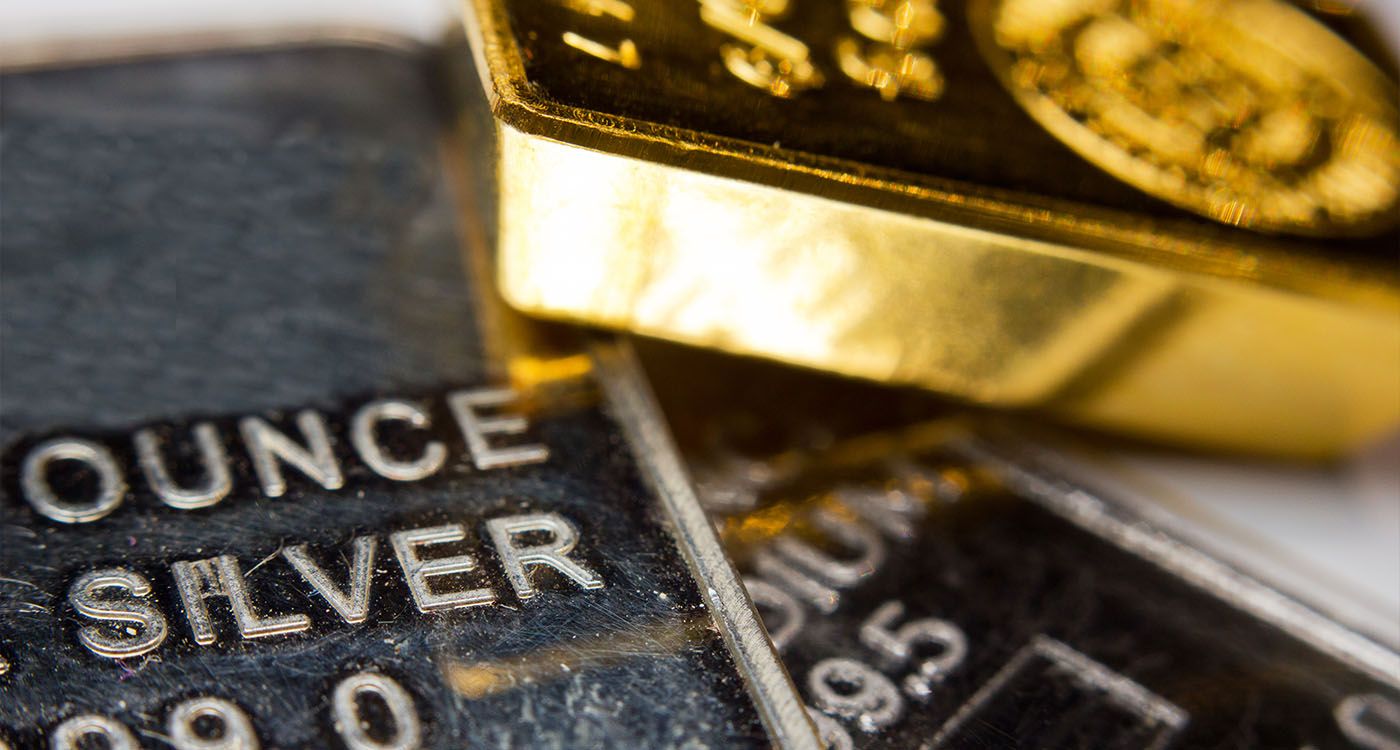
The gold rush is now mirrored by a growing fervor for silver. Investors are increasingly flocking to precious metals as safe havens amidst global economic uncertainty. This shift is unfolding in the context of persistent volatility driven by US President Donald Trump’s unpredictable trade policies, highlighted by his announcement on Wednesday of a 90-day suspension of tariffs on all countries except China.
Whether you're an ambitious, high-risk investor or a more cautious, conservative one, the growing shift toward precious metals—particularly gold and silver—is becoming increasingly prominent.
Yet amid all the movement, one truth remains unchanged: diversification is, and always will be, the foundation of a sustainable and balanced investment strategy.
To Hoard or to Speculate?
From a financial perspective, gold has traditionally been seen as a tool for hoarding, while silver is more commonly associated with speculative investments strategies, explains a jeweler interviewed by This is Beirut, who preferred to remain anonymous.
According to him, gold serves as a store of value and a shield against inflation. In other words, gold investors typically embrace a long-term strategy, holding their asset for years—or even decades—before considering a sale.
In contrast, investing in silver typically follows a more opportunistic approach. Investors capitalize on market fluctuations to achieve quick, short-term gains. This speculative strategy is driven by two key factors: silver’s higher liquidity and lower market capitalization. Less expensive than gold, silver attracts a more active, yet modest, investor base. As a result, even minor shifts in supply or demand can cause significant price movements.
Silver: An Overlooked Metal with Remarkable Potential
Often overlooked, silver—despite its status as a precious metal—now presents significant potential, according to the same source. Widely utilized in advanced technologies, its demand is expected to surge with the rise of artificial intelligence.
Projections for the first half of 2025 indicate that silver’s price will hover around $35 per ounce, approaching its historical peak of $50 per ounce, reached in June 1980. This would represent a doubling of its value compared to two years ago, when it was priced at approximately $19 per ounce.
Futures Contracts: Harnessing Leverage in Precious Metals
According to another source quoted by This is Beirut, one of the most effective ways to achieve significant gains in the precious metals markets is through futures contracts.
At this level, an investor's financial capacity plays a key role, particularly when choosing between a gold or silver futures contract.
For gold futures, the minimum volume is typically 100 ounces. With gold priced at around $2,300 per ounce, this amounts to a total value of $230,000. In comparison, silver futures require a minimum volume of 5,000 ounces, or approximately $140,000, assuming silver is priced at $28 per ounce.
However, in a futures contract, the investor is not required to pay the full value upfront. For gold, the initial margin is usually between 3% and 5% of the total value, while for silver, it ranges from 8% to 11%. These percentages are approximate and can vary depending on the broker, market conditions, and the broader economic climate.
Additionally, when markets become highly volatile or uncertain, it can often be more prudent to do nothing. As the famous financial adage goes: “Cash is king,” underscoring the strategic importance of liquidity in turbulent times.





Comments